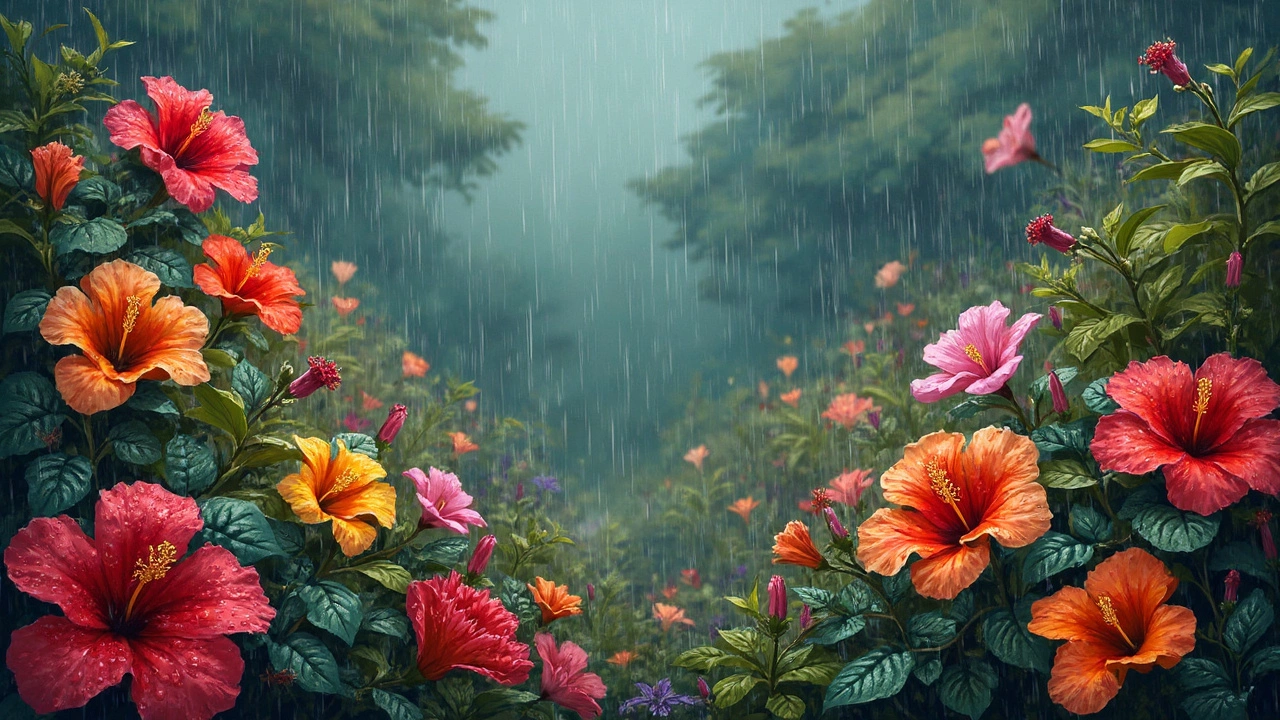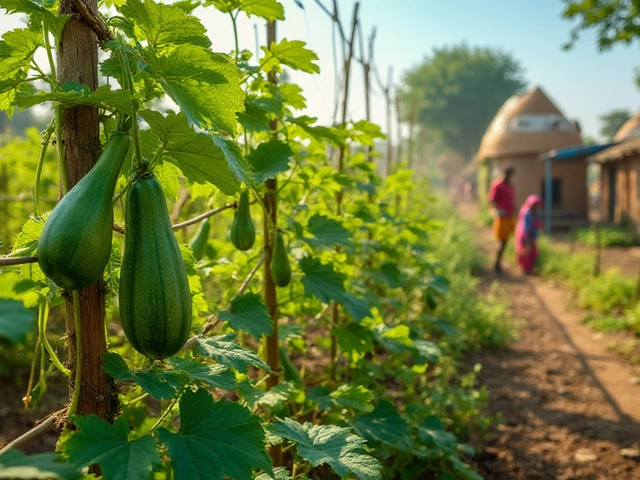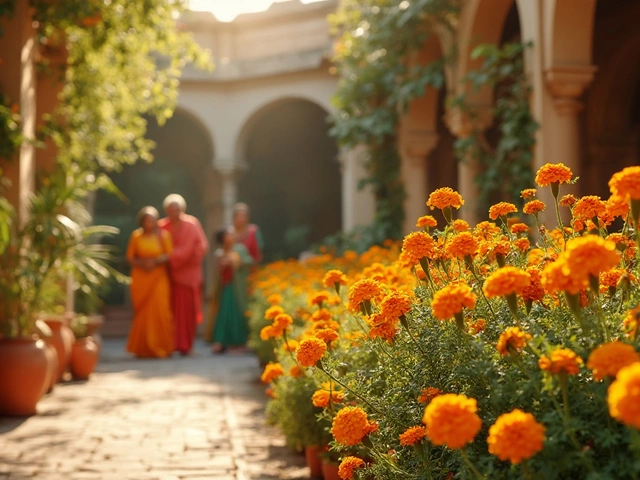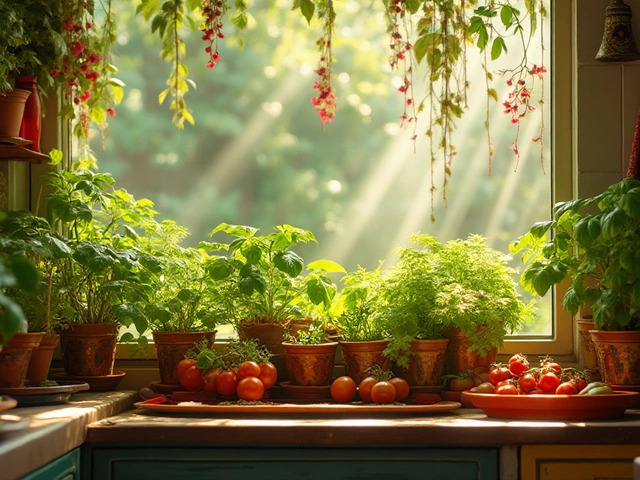Monsoon Blooms – What Flowers Shine When the Rains Come?
When the monsoon rolls in, most gardeners think of soggy soil and waiting it out. Actually, it’s the perfect time to let a splash of colour burst across your garden. Certain flowers love the wet weather, and with a few simple moves you can turn the rainy season into a blooming showcase.
Top Monsoon‑Friendly Flowers for Indian Gardens
Here are five hardy beauties that love the monsoon:
- Sunflower (Helianthus annuus) – Loves the long daylight and can handle heavy rains. Plant seedlings in well‑drained soil and watch them track the sun.
- Hibiscus (Hibiscus rosa‑sinensis) – Thrives in humid air. Its large blooms need good air circulation, so space plants a foot apart.
- Marigold (Tagetes erecta) – The lucky flower of India. It blooms best when the soil stays moist but not water‑logged.
- Jasmine (Jasminum spp.) – Loves the moisture and will perfume your patio. Prune after each flush to keep it tidy.
- Ixora (Ixora coccinea) – A tropical favorite that loves the heat‑rain combo. Feed with a balanced fertilizer every four weeks.
All these plants are mentioned in our article “Best Months for Flower Blooming in India,” which gives you a month‑by‑month bloom calendar.
Smart Water Management During the Monsoon
Even though rain does most of the work, you still need to manage water to avoid root rot. Here’s a quick checklist:
- Check soil drainage. If water pools for more than a day, add coarse sand or organic matter.
- Use drip irrigation. A well‑planned drip system (see our guide “How Deep Should Drip Irrigation Lines Be Buried?”) delivers water right to the root zone without waste.
- Mulch heavily. A 2‑inch layer of straw or dried leaves keeps the soil moist and stops erosion.
- Watch for standing water. If you see puddles, gently level the ground or create shallow channels.
Remember, the goal isn’t to drown the plants but to keep the soil consistently moist.
Another tip is to plant “sister plants” – companion pairs that support each other’s growth. Our post on “Sister Plants” explains how pairing marigold with basil can deter pests while improving soil health.
When the monsoon ends, you’ll want to transition to the dry season. Start by reducing irrigation frequency, switching to deeper watering sessions, and adding more compost to retain moisture. This prepares your garden for the hot months ahead.
Finally, keep an eye on pest invasions. The moisture can attract snails and aphids. Natural controls like neem oil or homemade garlic spray work well and keep chemicals out of your garden. For more ideas, check out “Alternative Pest Control: Natural Solutions for Safe Gardening.”
With the right flower choices, proper drainage, and smart watering, the monsoon becomes a garden’s best friend rather than a headache. Grab a pair of gloves, head out when the clouds break, and enjoy the splash of colour that only a true monsoon bloom can bring.

Rainy Season Blossoms: Discovering India's Monsoon Marvels
The rainy season in India brings a burst of vibrant blooms that thrive in the monsoon's embrace. This article delves into the stunning flowers that graces the landscape, offering gardening tips and insights into growing and nurturing these plants. Learn about flowers like hibiscus and jasmine that not only withstand the rain but flourish in it, offering a colorful and fragrant escape. With useful advice for your garden, you'll discover how to make the most of India's seasonal beauty. Embrace the rain and let your garden blossom!
About
Flower Gardening
Latest Posts


Most Popular Flower in India: Why the Marigold Reigns Supreme
By Alden Thorne May 27, 2025

Victorian Terrace House: Key Features, Layout, and How to Spot One
By Alden Thorne Sep 9, 2025

Grow Fresh Vegetables in Your Kitchen: A Complete Guide
By Alden Thorne Jan 1, 2025
